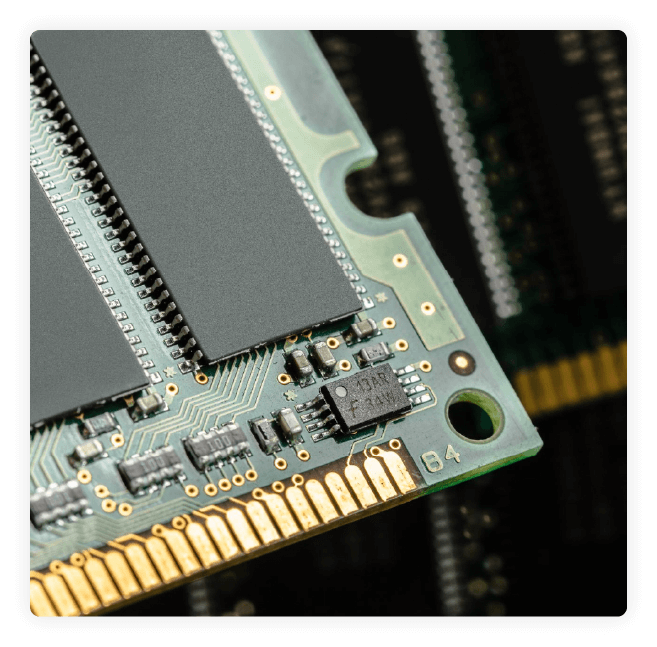Rigid-flex PCB
TopFast provides Rigid-flex PCB services tailored to meet customer’s needs. Full design support, fabrication, layout optimization, and assembly. Ensure that your Rigid-flex PCBs are manufactured to the highest standards, using the most advanced technologies.



